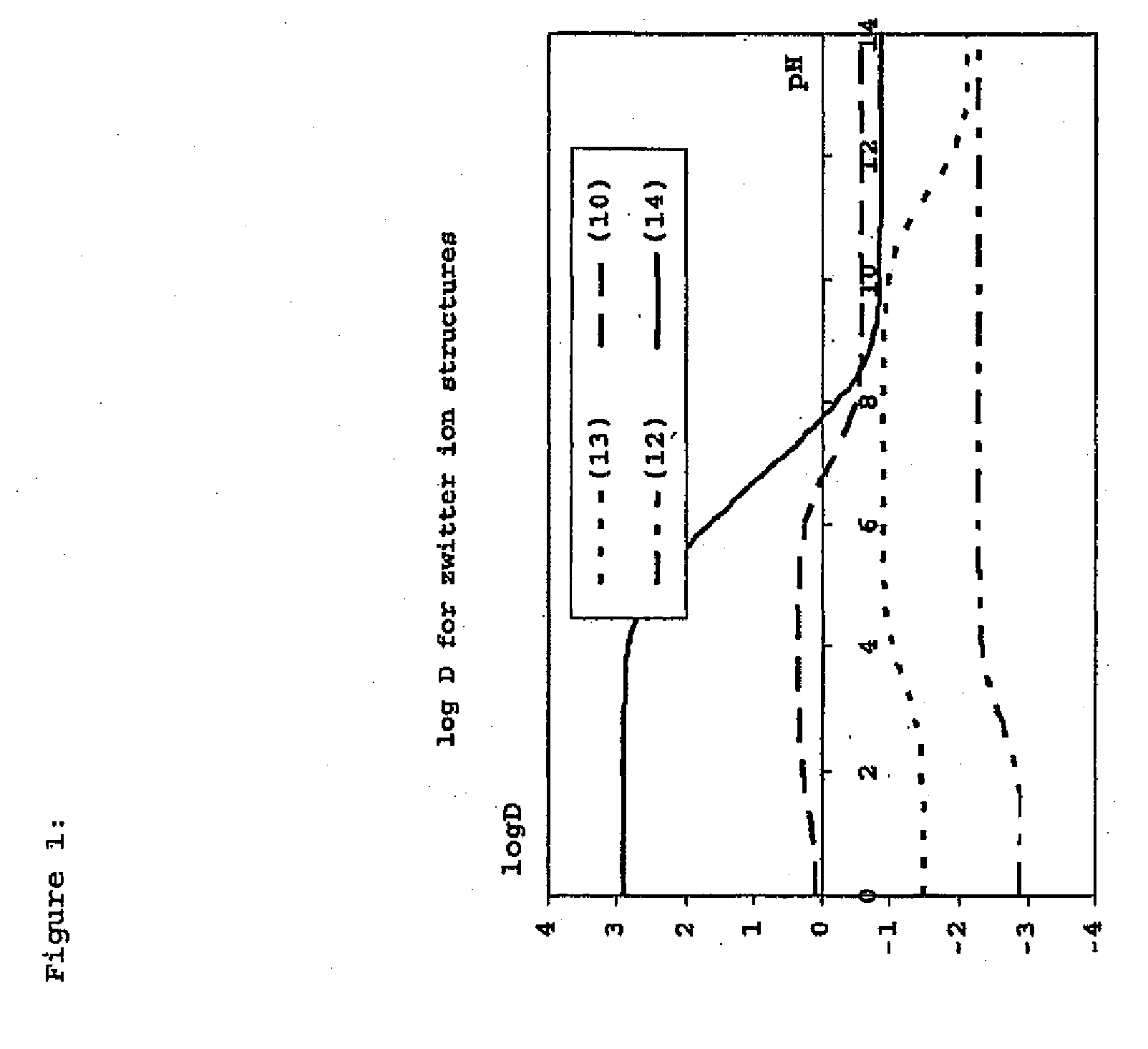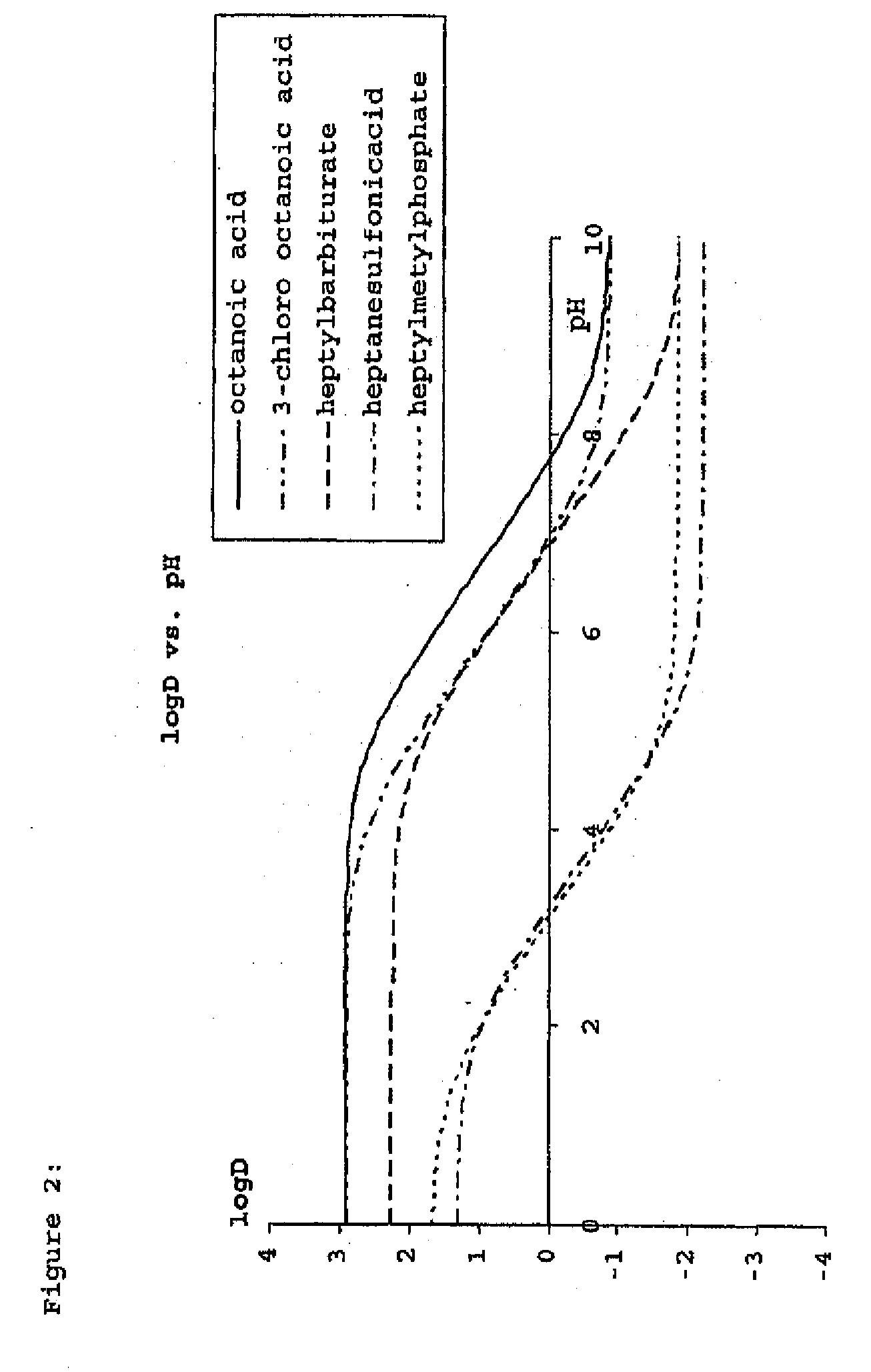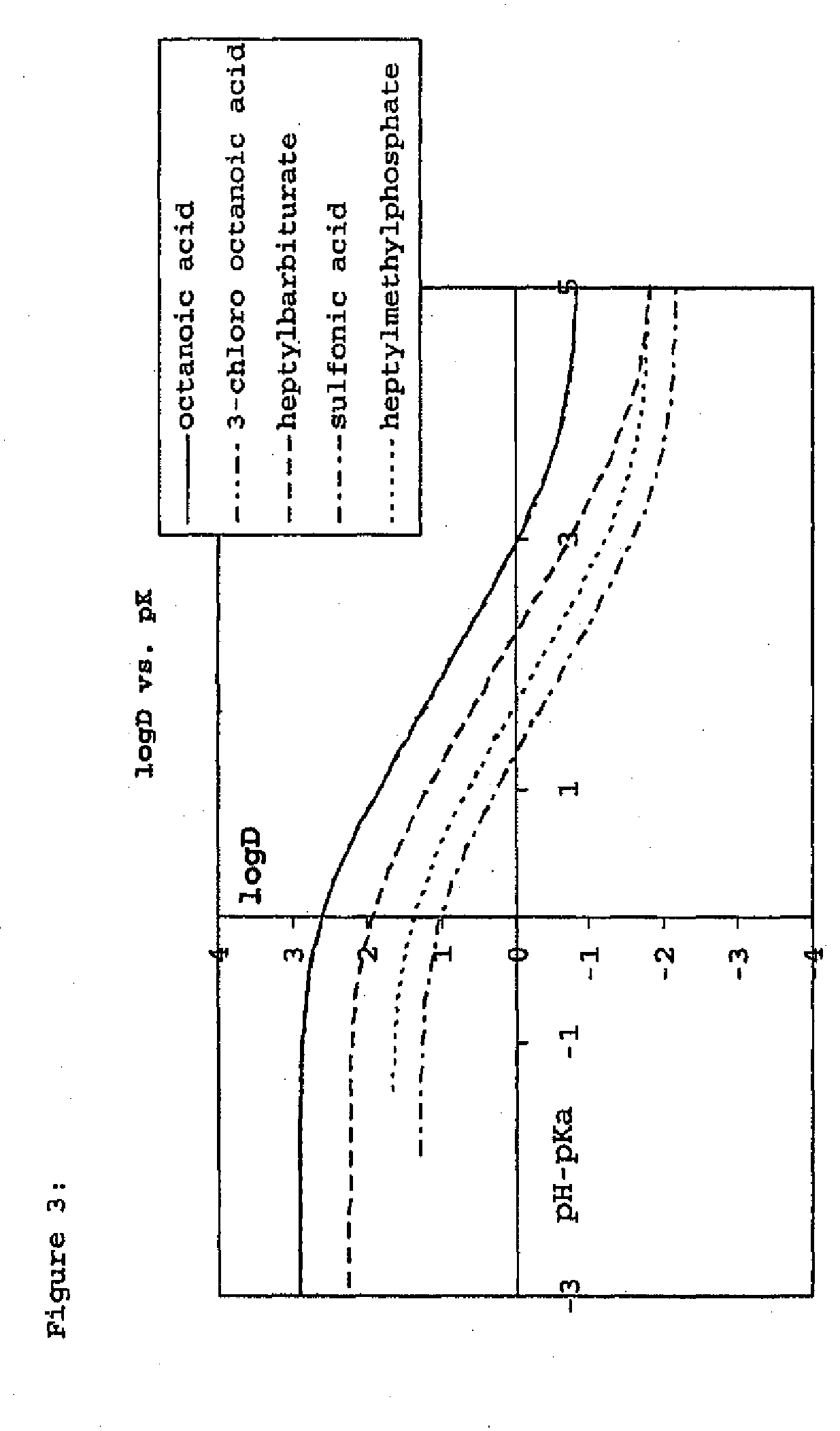Construction and use of transfection enhancer elements
a technology of enhancer elements and structures, applied in the field of structural elements, can solve the problems of affecting the penetration of such molecules, the inability to penetrate such molecules, and the inability to absorb charged ions, so as to improve the binding of such conjugates, enhance uptake, and improve cell penetration
- Summary
- Abstract
- Description
- Claims
- Application Information
AI Technical Summary
Benefits of technology
Problems solved by technology
Method used
Image
Examples
example 1
Synthesis of N-(3-Amino-propyl)-N′-[3-(4-{3-[4-(3-aminopropylamino)-butylamino]-propylamino}-butylamino)-propyl]-butane-1,4-diamine (compound 4)
[0230]A reaction scheme for the synthesis of compound 4 can be found in FIG. 7.
Step a: Synthesis of {4-[(3-Amino-propyl)-tert-butoxycarbonylamino]-butyl}-(3-tert-butoxycarbonylaminopropyl)-carbamic acid tert-butyl ester (compound 6)
[0231]The compound was synthesized according to Geall et al., Chem. Commun. 1998, 2035. Briefly, 10.12 g spermine and 150 ml methanol were stirred and cooled down to −75° C. Then 5.95 ml trifluoro acetic acid ethylester (99%) were added dropwise. The temperature was raised to 0° C., 42.8 ml di-tert-butyl-dicarbonate (BOC20) were added and the reaction was stirred at room temperature overnight. About 50 ml of the solvent was removed by rotary evaporation, replaced with 50 ml H2O and extracted three times with 200 ml diethylether. The organic phase was dried over Na2SO4, filtered and evaporated under vacuum; the cru...
PUM
| Property | Measurement | Unit |
|---|---|---|
| pKa | aaaaa | aaaaa |
| pKa | aaaaa | aaaaa |
| pKa | aaaaa | aaaaa |
Abstract
Description
Claims
Application Information
 Login to View More
Login to View More - R&D
- Intellectual Property
- Life Sciences
- Materials
- Tech Scout
- Unparalleled Data Quality
- Higher Quality Content
- 60% Fewer Hallucinations
Browse by: Latest US Patents, China's latest patents, Technical Efficacy Thesaurus, Application Domain, Technology Topic, Popular Technical Reports.
© 2025 PatSnap. All rights reserved.Legal|Privacy policy|Modern Slavery Act Transparency Statement|Sitemap|About US| Contact US: help@patsnap.com



